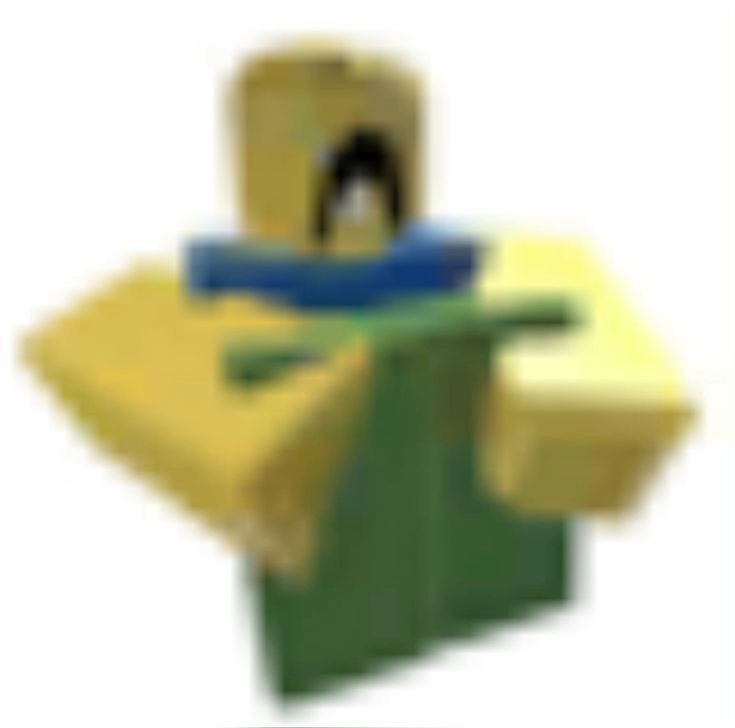How Genes Work
Cards (13)
- HOW GENES WORK•Offspring carry traits from their parents•Not all of the parent’s traits actually appear in the offspring•The individual’s genes determine which traits will appear•Traits are determined by genes and that genes are passed from one generation to the next•Genes are located in chromosomes, which are structures in the nucleus of most cells•Genes control most of your traits because your DNA directs the cell to make proteins that determine the characteristics of cell
- PROTEINS•Proteins are the tools of heredity•Every cell, no matter how simple or complex, must store and transmit the information needed to manufacture proteins through protein synthesis•Protein synthesis is the formation of proteins using the information coded on DNA and carried out by RNA•Each protein molecule is made up of one or more polymers called polypeptide, consisting of a specific sequence of amino acids linked together by peptide bonds.
- FLOW OF GENETIC INFORMATION•Every new cell that develops in your body needs an exact copy of the DNA from its parent cell•Humans and all other organisms must be able to transfer copies of their DNA on to the offspring in order to continue their species•This is done with the help of a copier enzyme
- DNA AND mRNA•Messenger RNA or mRNA takes the genetic information from sections of the DNA from the nucleus out into the cytoplasm.•The DNA never leaves the nucleus•Instead, “blueprint” copies of particular genes within the DNA instructions are sent out into the cytoplasm to direct the assembly of proteins
- NUCLEOTIDES OF DNA•DNA is made of four subunits, known as nucleotides.•Each nucleotide has three parts: a five-carbon sugar, a phosphate, and a nitrogenous base•Nucleotides vary according to the type of base present
- DNA INTROGENOUS BASES•The two large bases, adenine (A) and guanine (G) are called urines•The two small bases, cytosine (C) and thymine (T), are called pyrimidines
- DNA STRUCTURE•Similar to a twisted ladder•Double helix•The two sides of the ladder are made of alternating sugar molecules and phosphate molecules•The rings of the ladder are composed of pairs of nucleotide bases•Adenine on one side always pairs up with thymine on the other side•Guanine always pairs up with cytosine•This specific pairing of the nitrogenous bases is known as Chargaff’s rules.
- DNA STRUCTURE•Similar to a twisted ladder•Double helix•The two sides of the ladder are made of alternating sugar molecules and phosphate molecules•The rings of the ladder are composed of pairs of nucleotide bases•Adenine on one side always pairs up with thymine on the other side•Guanine always pairs up with cytosine•This specific pairing of the nitrogenous bases is known as Chargaff’s rules.A) adenineB) base pairC) thymineD) guanineE) cytosine
- COMPLEMENTARY NATURE OF DNA REPLICATION•Adenine (A) can only pair up with thymine (T)•Cytosine (C) can only pair up with guanine (G)•The sequence of nucleotides in each new strand exactly matches that of the original molecule
- CENTRAL DOGMA OF MOLECULAR BIOLOGY•DNA is used as a blueprint to make a similar molecule called ribonucleic acid (RNA)•RNA then directs the formation of proteins•The use of genetic information in DNA to make proteins is called gene expression
- •Gene expression takes place in two stages: transcription and translation•Transcription – an RNA copy of a gene is made.•However, RNA differs from DNA in three ways•It consists only of one strand; it has ribose as its five-carbon sugar instead of deoxyribose; and it has the nitrogen base uracil instead of thymine
- •Translation – three different kinds of RNA work together to assemble amino acids into a protein molecule.•These are messenger RNA (mRNA), transfer RNA (tRNA), and ribosomal RNA (rRNA)
- RNA TO PROTEIN•Every set of three nucleotides in mRNA specify a particular amino acid•Each nucleotide triplet in mRNA is called codon•The order of bases in a codon determines which amino acid will be added to a growing protein chain•The order of amino acids will determine the structure and function of a protein
